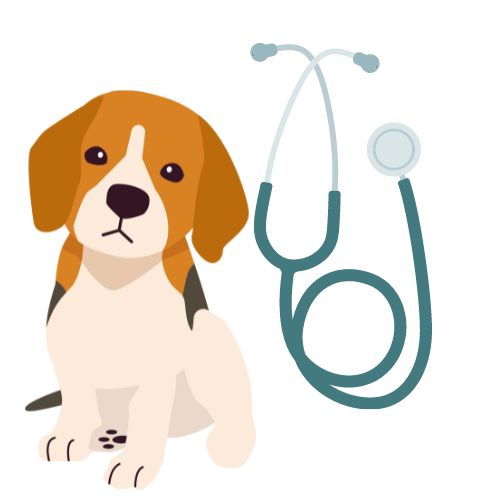Your cart is currently empty.
We break down the many normal reasons your pup may be eating less or turning away from their meal!
We break down the many normal reasons your pup may be eating less or turning away from their meal!
Changes in our pet’s behavior can be concerning, especially when it comes to changes in their feeding habits. If you’ve noticed a recent change in the amount your pet is eating or their level of interest in their food, you’re not alone! While it can have us scratching our heads and cause us concern, changes in appetite without other signs or symptoms can be entirely normal. Below, we lay out all of the many reasons your pet is suddenly acting like a “picky” eater.
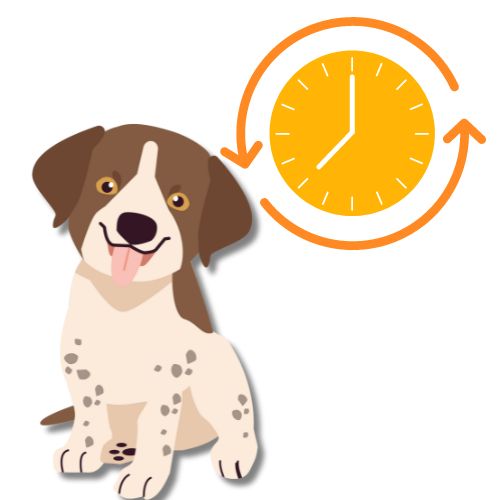
Our dogs can be sensitive, and any change in routine or environment can temporarily throw them “off,” resulting in unusual eating habits. If there has been any kind of change in the household or their routine (ie., a family member arriving home later than usual, their food bowl moving locations, the arrival of a new baby or pet, etc.,) ensure you maintain your pup’s feeding schedule, and see if they return to their regular eating habits with time.
Appetite fluctuations are not uncommon. Like us, our pups can have days when they are less or more hungry or not in the mood to eat at all. Factors like weather changes, activity level or growth spurts can all affect our pet’s appetite. Try removing food after a period of inactivity and reintroduce it at the next meal time. Most healthy dogs are going to eat when they’re hungry and you may find they return to their typical routine or perhaps have grown into a new routine. As long as they continue to thrive, you can feel comfortable allowing for these natural fluctuations.
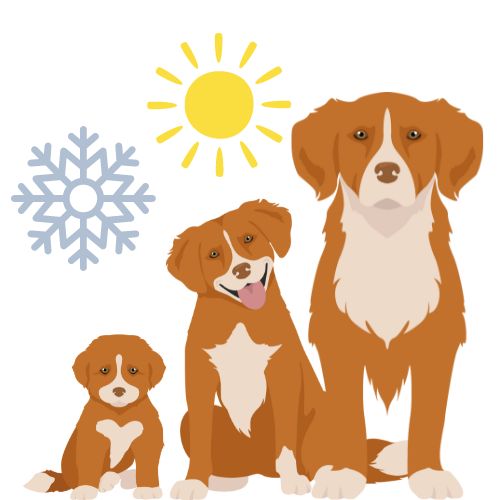
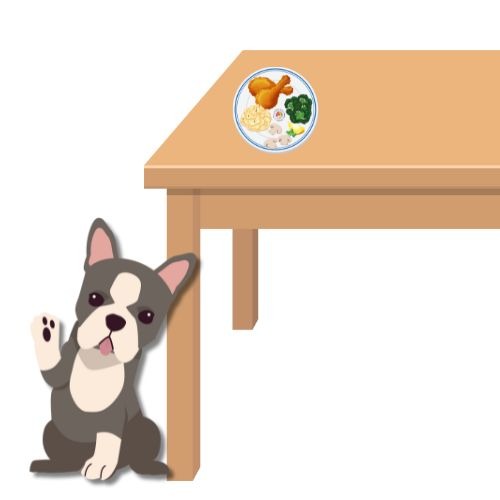
Check with family members to ensure your pup isn’t being given extra treats or foods that could fill them up outside of their primary diet. Ensure everyone in your household is on the same page and that “treats” are kept to a minimum.
Try adding warm water or low-sodium broth to your pup’s kibble: This helps release the kibble’s natural flavors which can help entice our pups into eating when they’re feeling a bit picky. You will probably find that this helps get them through a temporary period of disinterest in their primary diet.
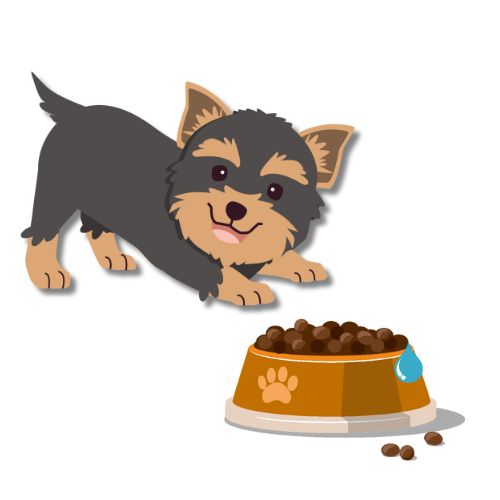
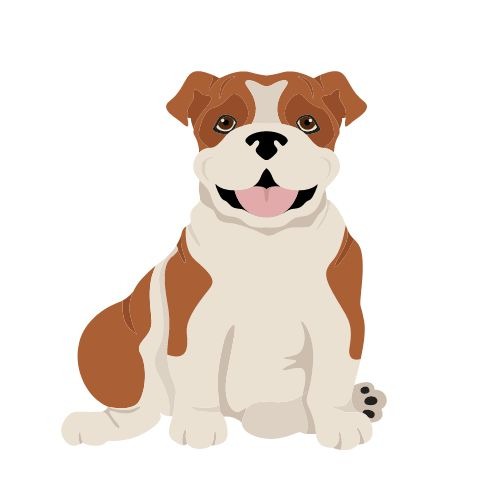
Just like people, pups will experience appetite changes that resolve independently with no explanation. If your pup is otherwise healthy, you can continue offering their TLC and trust they will eat when hungry. Sometimes, when we cave and offer alternatives, we create a pattern that affects their nutritional intake. As long as they are not showing signs of malnutrition or other health-related symptoms, their appetite should return to “normal” with a little patience.
If you notice other signs or symptoms that accompany a change in appetite, or you are worried your pet is beginning to show signs of malnutrition, then it’s time to schedule an appointment with your vet!
